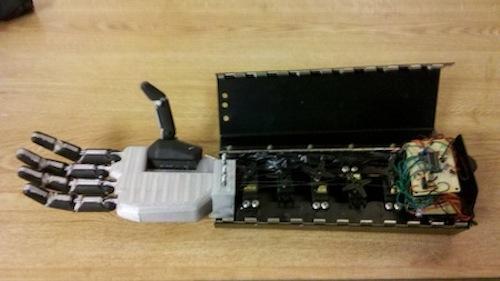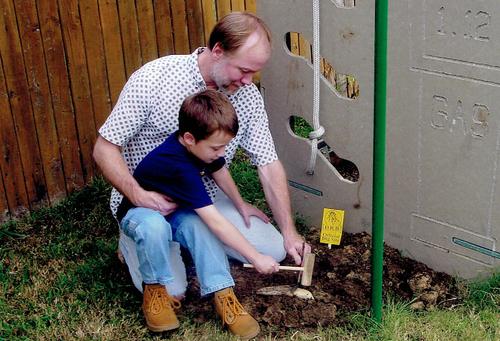Evolving Solutions for Remote HMI Monitoring
April 1, 2014

The dedicated operator interface is evolving to catch up with the use of smartphones and tablets in plants as a way to view and monitor production data. But now, as suppliers implement more sophisticated browser-based interfaces to expand this capability, there is increasingly a need to present information in formats that can be tailored for specific end users, rather than simply delivering dedicated, detailed HMI screens.
"One of the things that we're seeing is an evolution in the market to provide content to a broader set of users on a broader set of devices," Scott Miller, business manager of visualization software at Rockwell Automation, told us. "Web-enabled HMI screens are typically targeted at casual users who view the information on more of an ad hoc basis."
This approach supplements the dedicated operator interface and allows the plant manager, for example, to check in from time to time and access the system without impacting the running system or needing for a thick, heavy client plus the infrastructure, Miller said.

"Where these systems are going is that this class of user is starting to change rapidly to use commercial devices. We live more in a bring-your-own-device" world," he said. "The landscape is changing and moving beyond an employee with a laptop in the facility to a user with a laptop at home. As long as they can get to the URL and have proper security, they are good to go."
The point is that HMI utilization is looking at the transition from purely dedicated operator terminals to "mixed mode" usage. Some HMIs are dedicated terminals, but this functionality is being supplemented by a need to provide more meaningful information to the right person, at the right time, using different types of devices.
Production challenge
A Rockwell case study provides an example of the value of remote HMI monitoring. A food container producer reduced downtime by gaining transparency into its production process.
"To stay competitive, keep prices low and meet sustainability goals, plant operators are continuously looking to reduce waste," the case study said. A real-time view of each step in the process can help them make the best decisions.
Resin pellets, which form the base for the company's plastic containers, and are drained from silos, pulled into a blender, and mixed with additives. "The mixture is then sent through an extruder and unwound into thermoforming machines where plastic sheets are pressed, stretched, shaped, and cut into containers."
To keep track of the amount of resin in each silo, plant employees used a manual process involving a plumb-bob. "Miscalculations of resin levels using this system caused major outages for the plant on its PET and PLA extruders on more than one occasion," Rockwell said. "Downtime on just one extruder can cost more than $450 per hour and make hundreds of pounds of plastic unusable." Cleaning a stalled extruder takes at least two hours, and then seven workers must spend 4-6 hours getting the line back up and running. Sometimes the line will be down for days, and each day of downtime costs more than $10,000.
Silo monitoring system
The facility's plant manager and his team worked with Rockwell Automation Global Solutions to develop a system that provides continuous information on resin pellet levels in each silo.
About the Author(s)
You May Also Like



